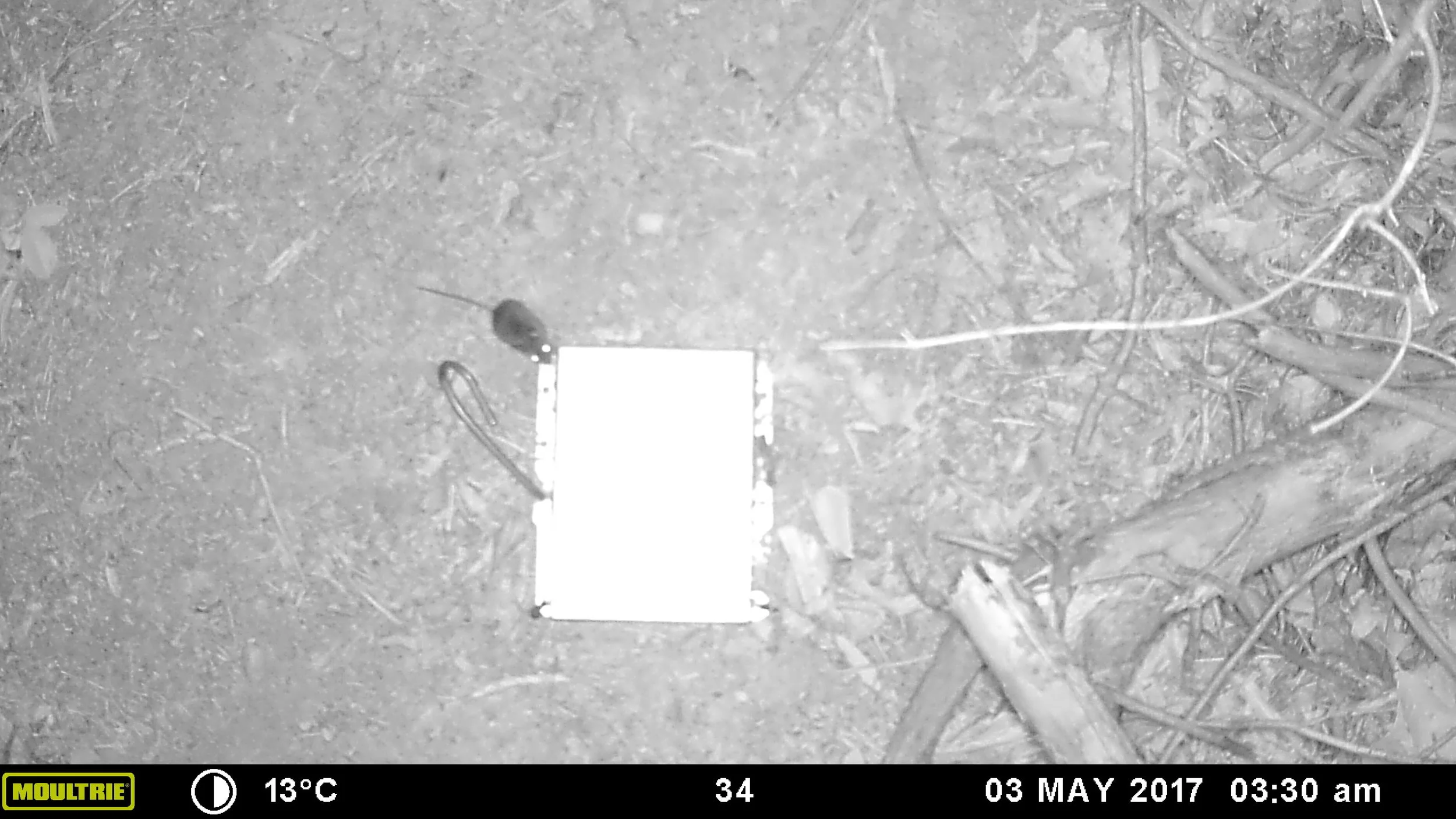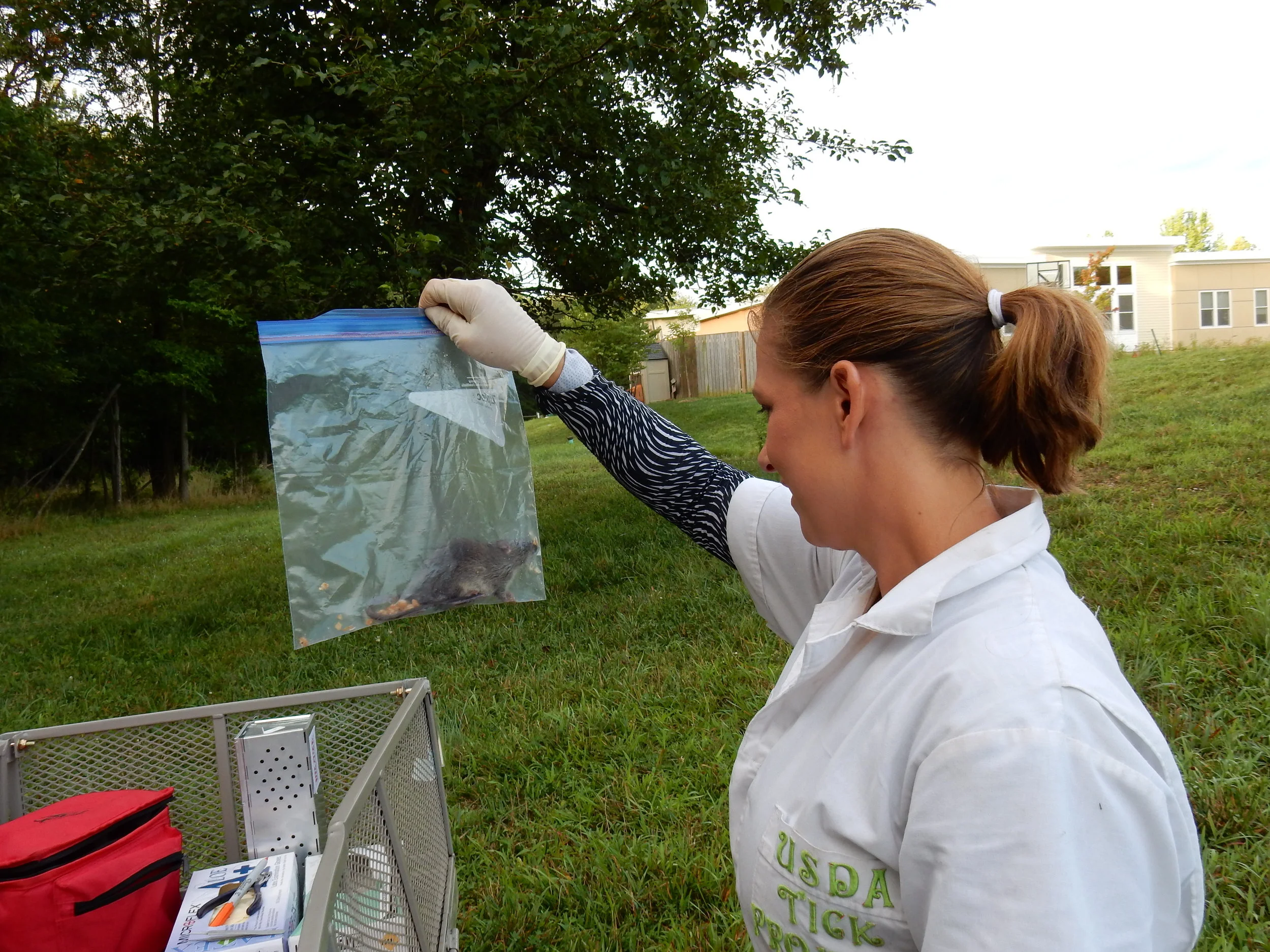Integrated Tick Control at Schools in Maryland
Broad Objectives:
Objective 1. Develop a survey to identify perceived tick risk at schools in the Mid-Atlantic States.
Objective 2. Assess population density and infection status of tick species on school grounds in Maryland.
Objective 3. Obtain biological information on the use of tick bait boxes by small mammals.
Objective 4. Determine the effectiveness of integrated tick control measures (4-poster deer feeder and rodent bait box) for at-risk schools with extended perimeters bordering forested habitat.
Children are a subpopulation at high risk for tick-borne Lyme disease. Schools with wooded perimeters, bushy vegetation, and wetlands can harbor ticks and their animal hosts. This project is designed to assess the risk of tick exposure at school properties and the effectiveness of integrated tick control measures. Results of tick risk survey will help public health and pest control agencies to address tick exposure risk at environment around schools. Evaluation of integrated use of two different tick control technologies will provide much needed efficacy data that can help implementation of more effective tick IPM practice in the Northeast. Project conducted in collaboration with the USDA, ARS and funded by the Northeastern IPM Center.

